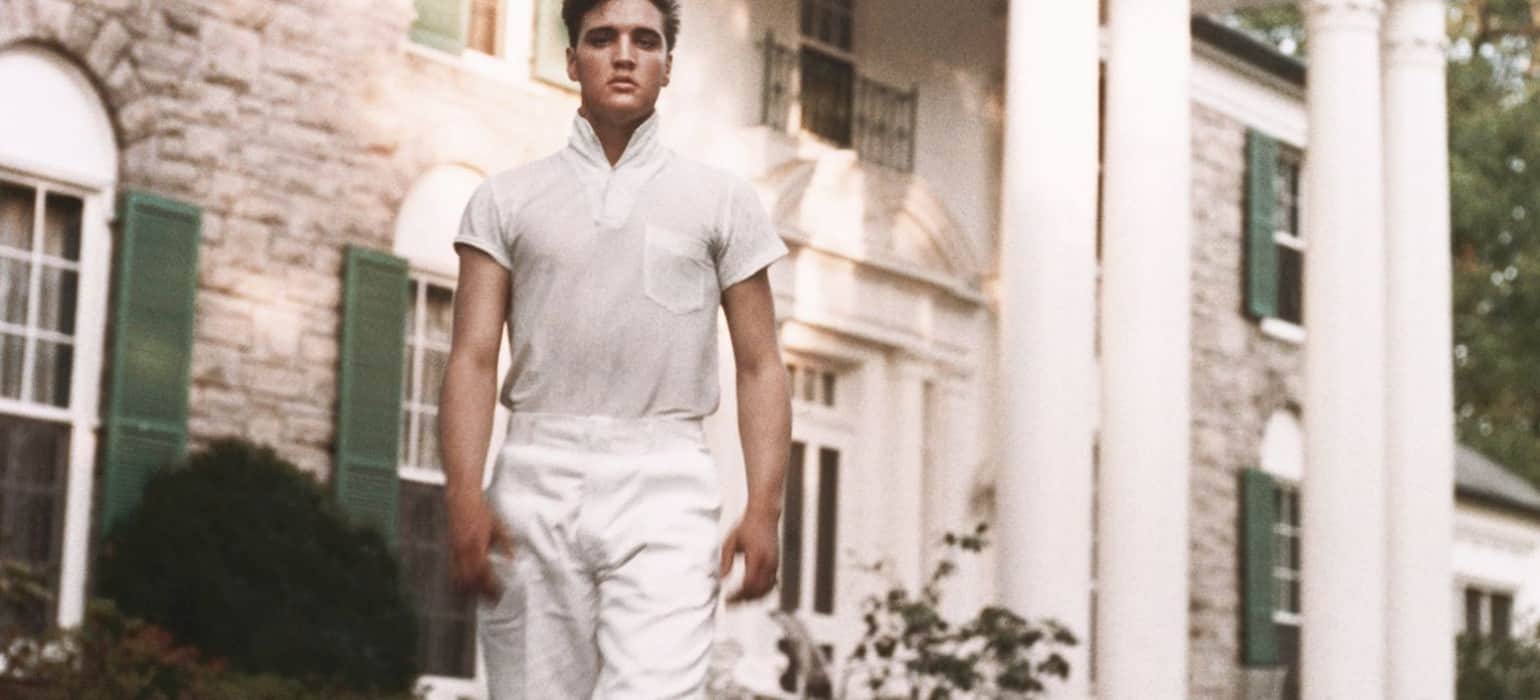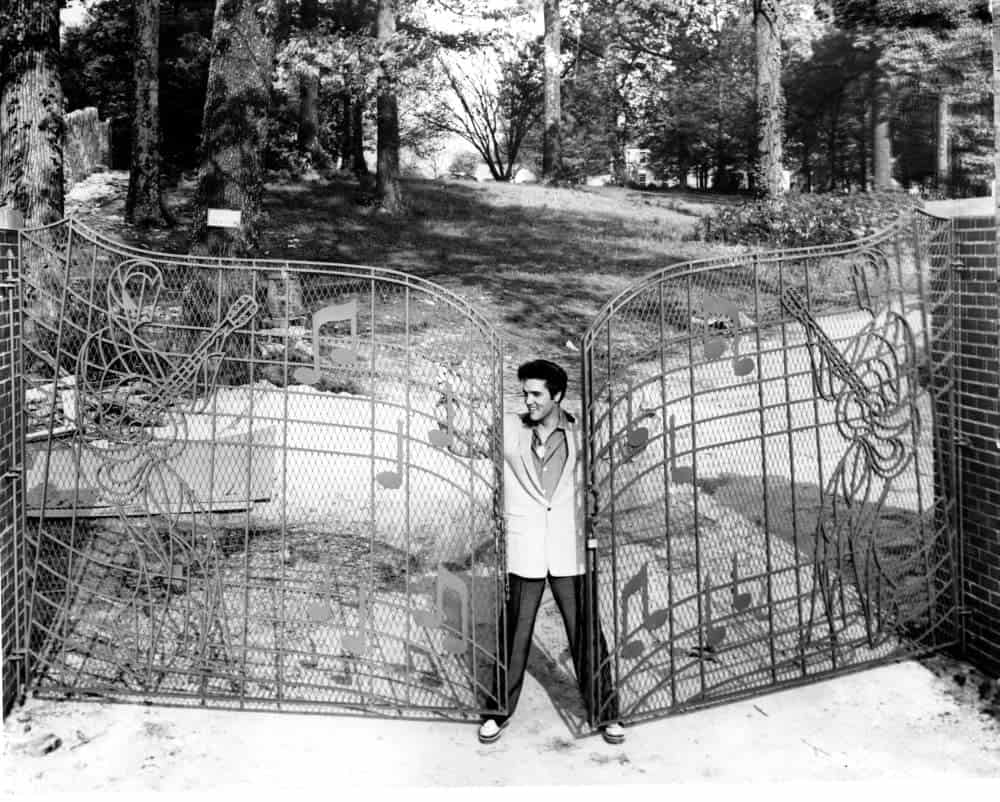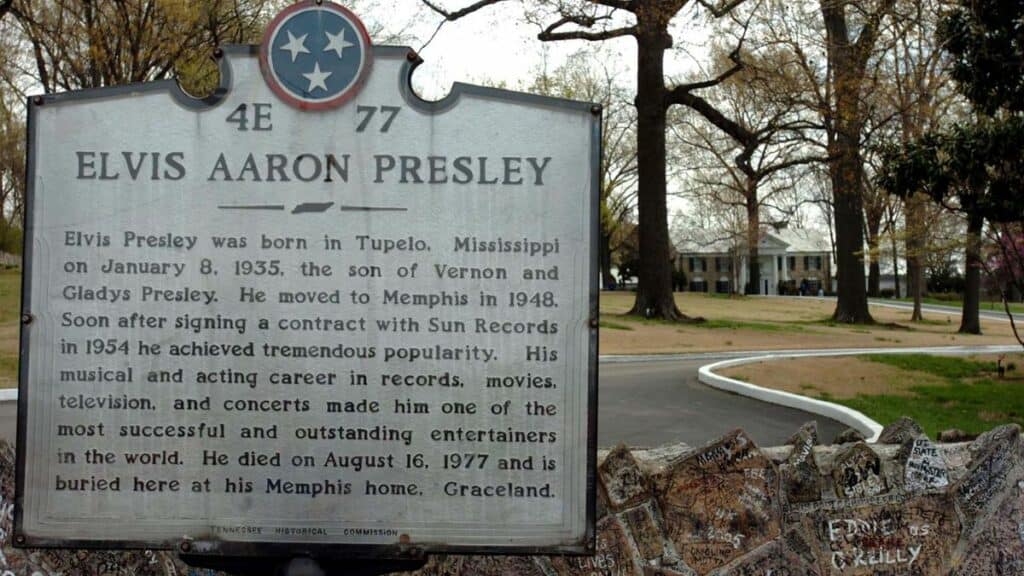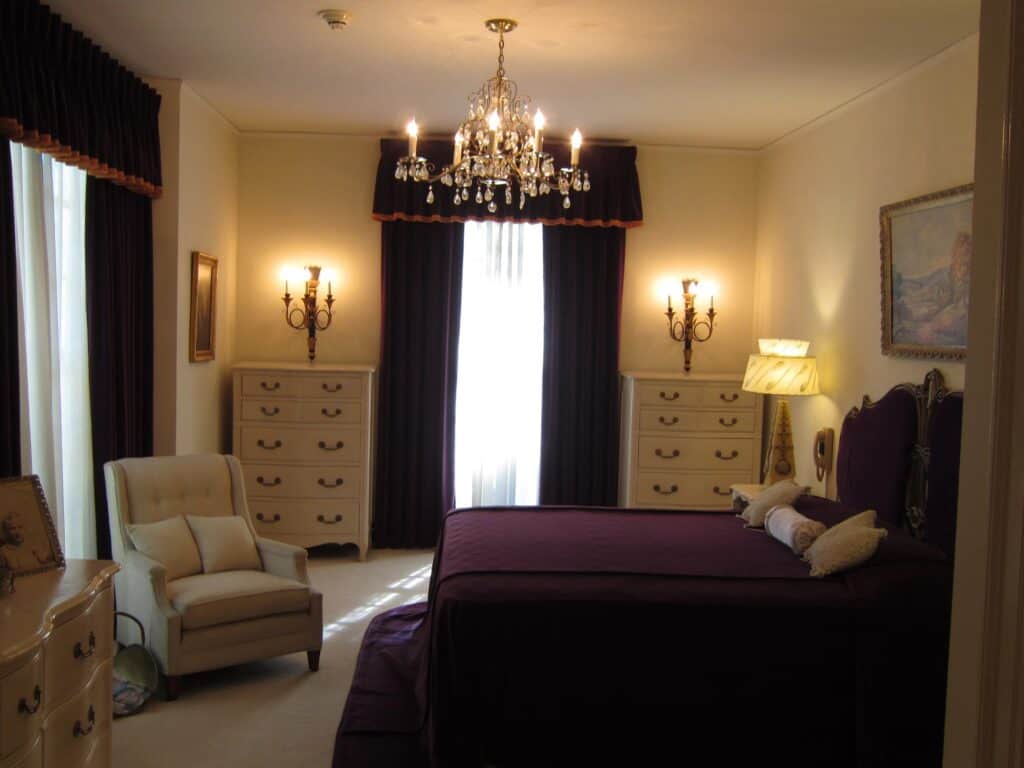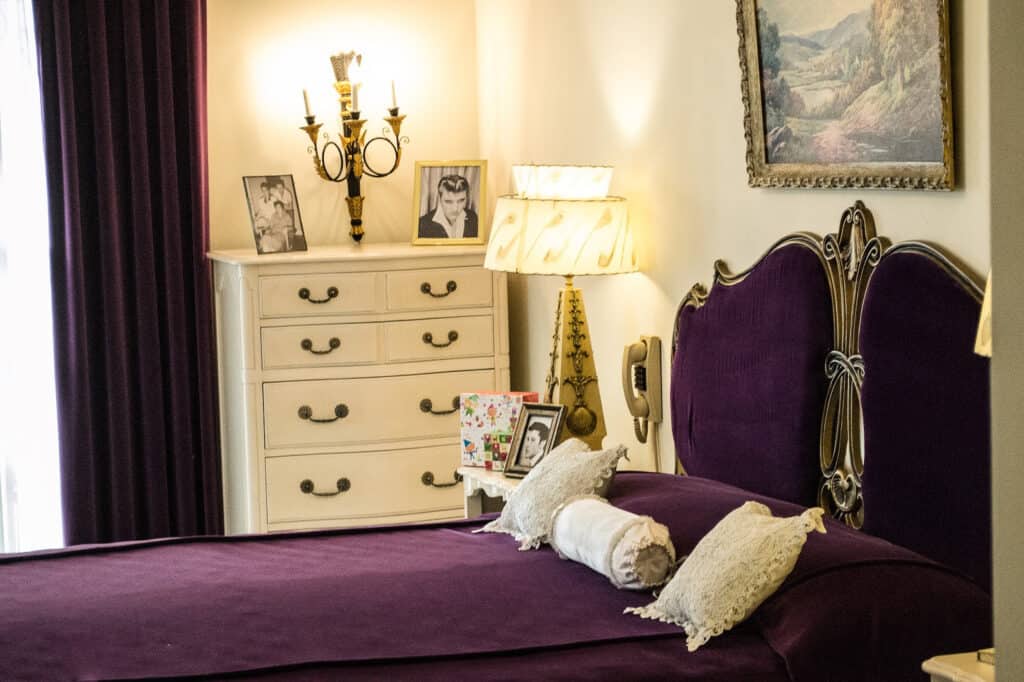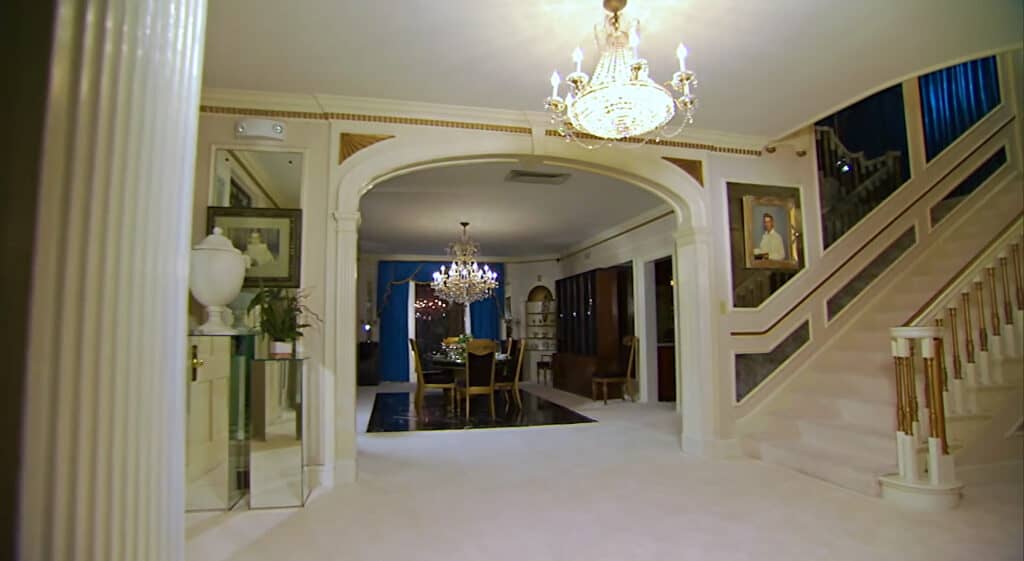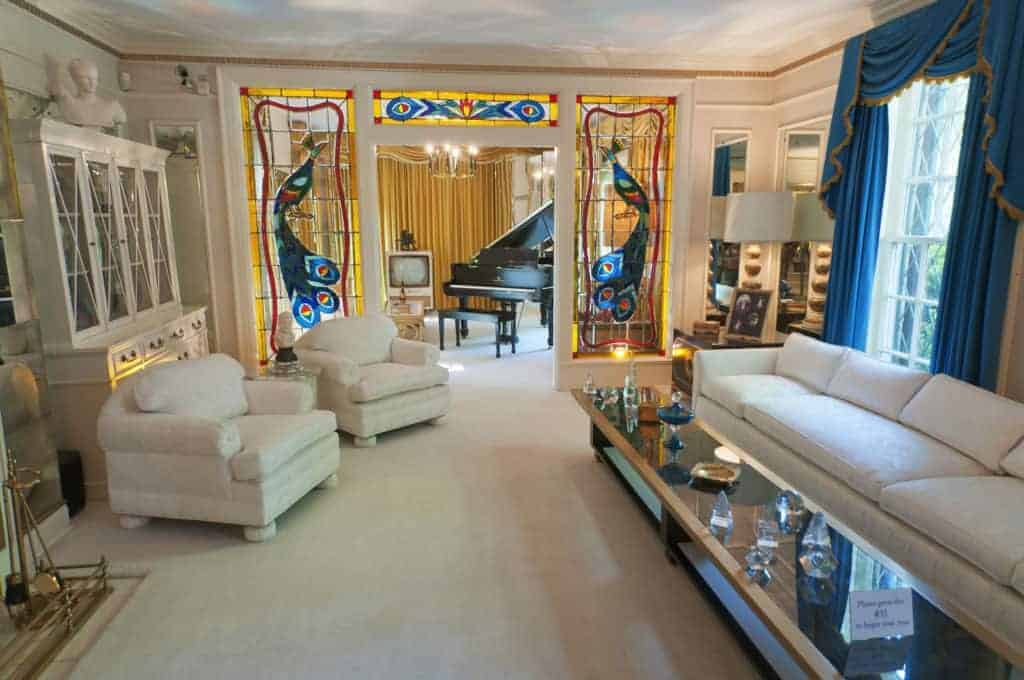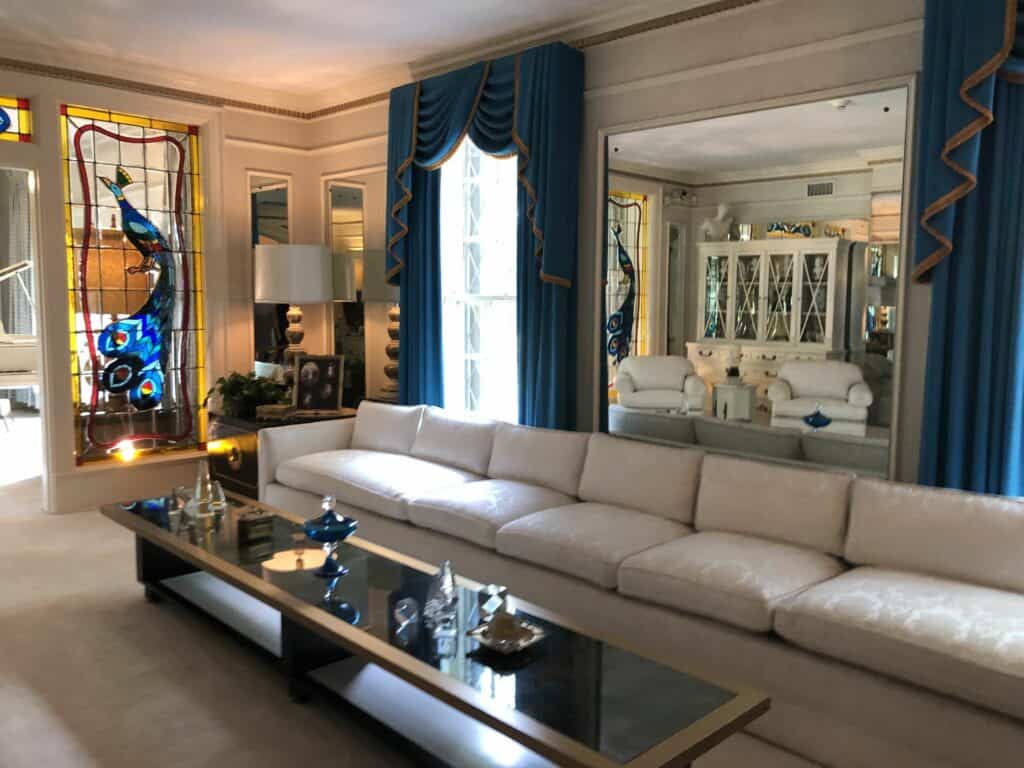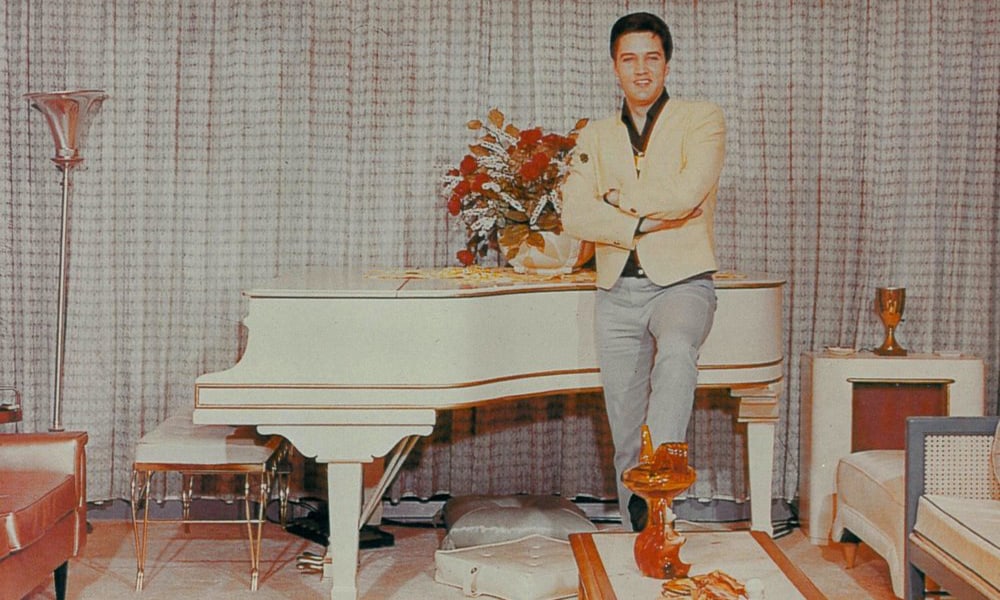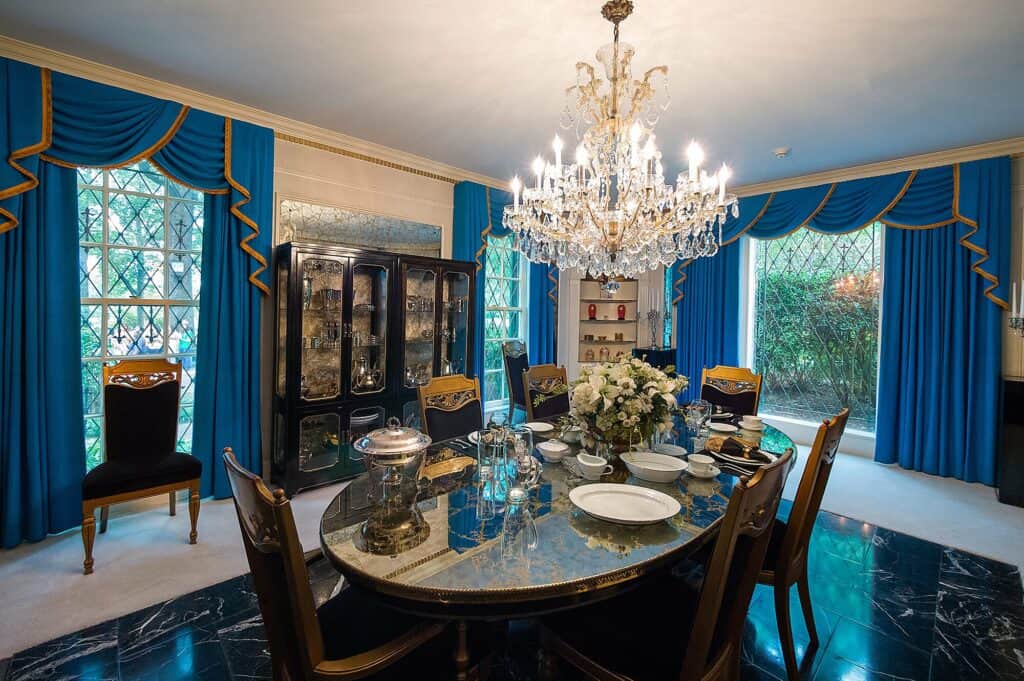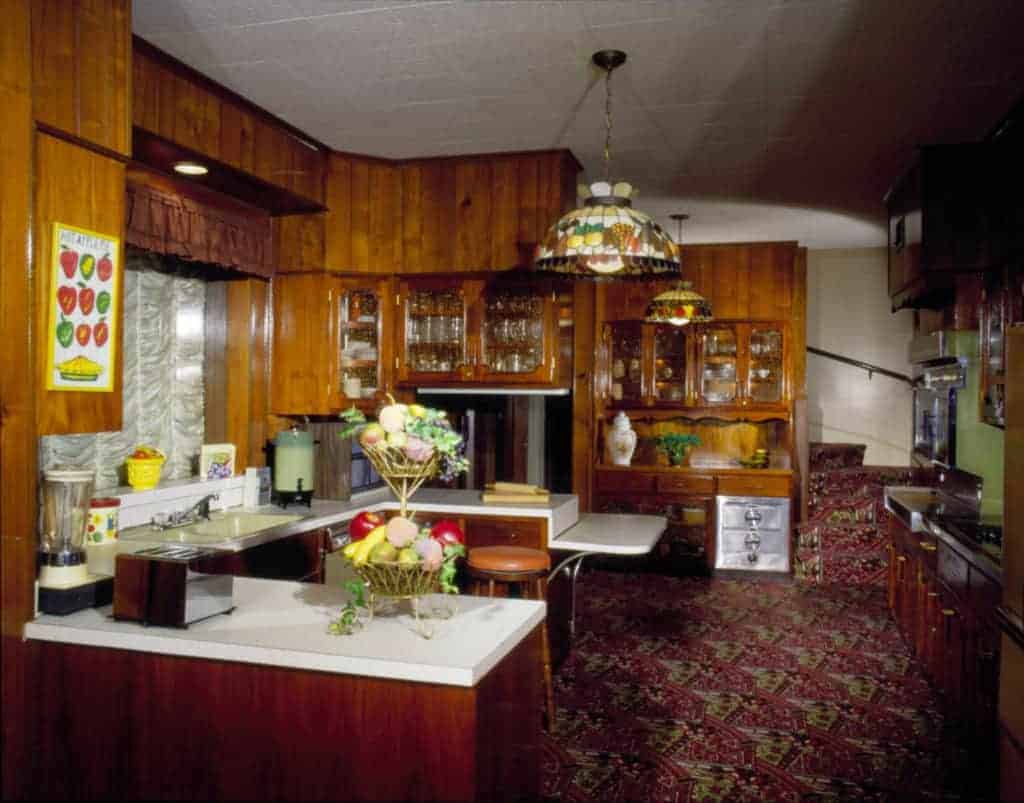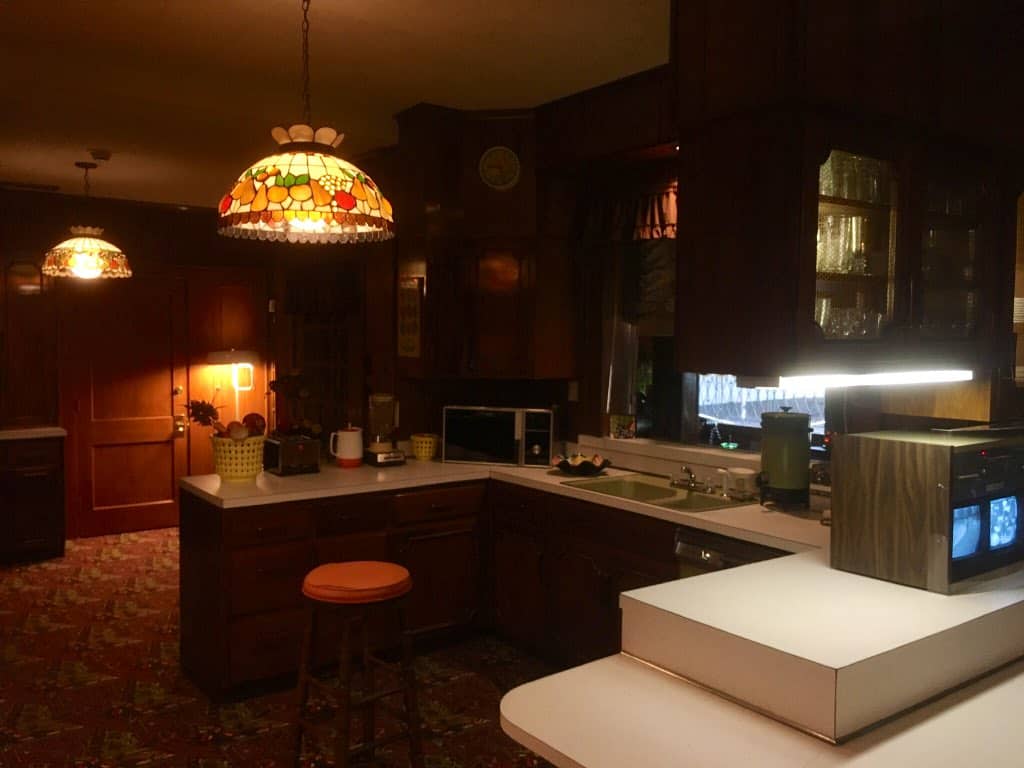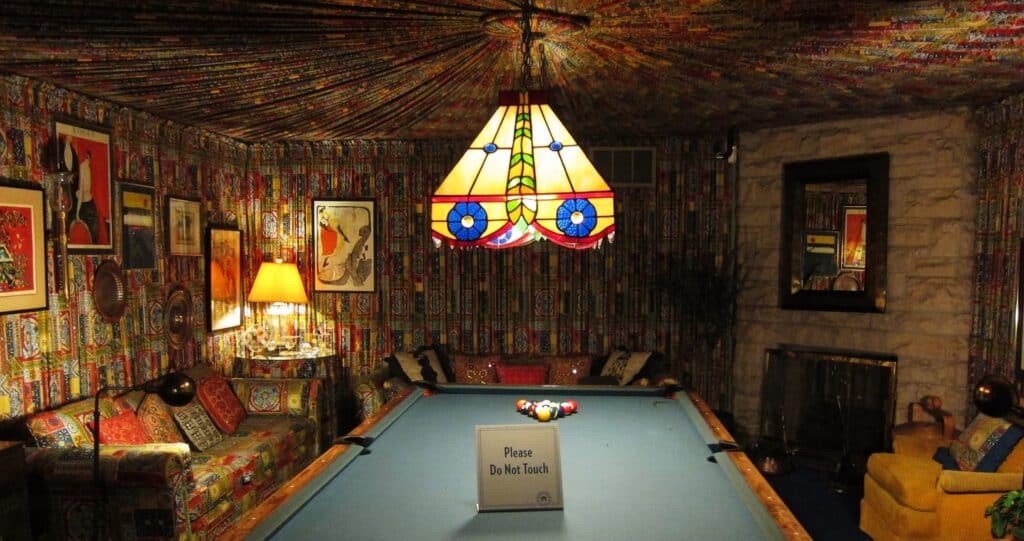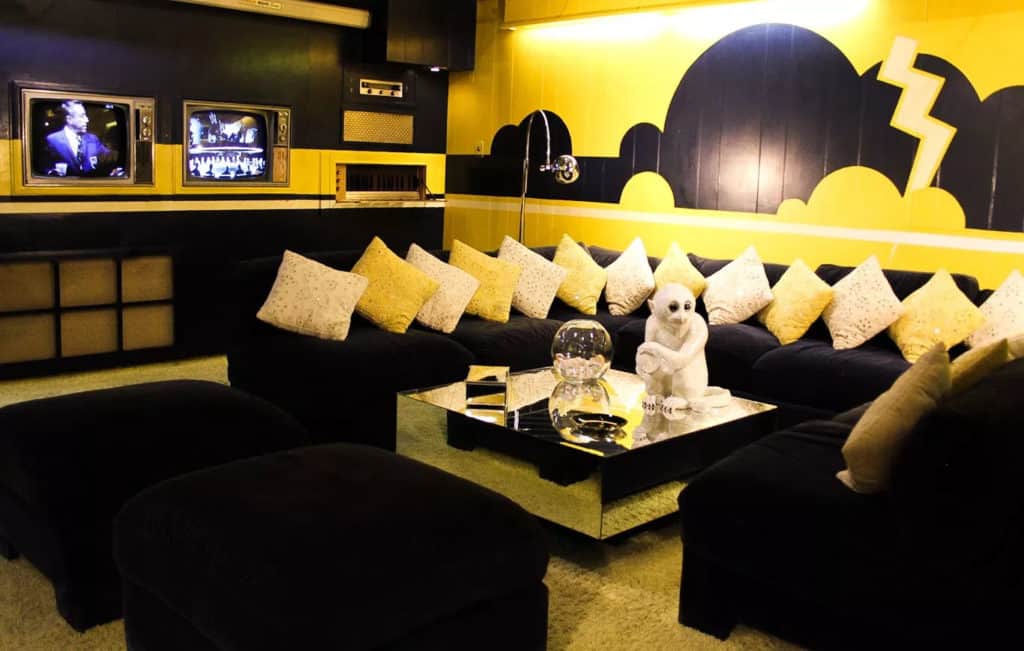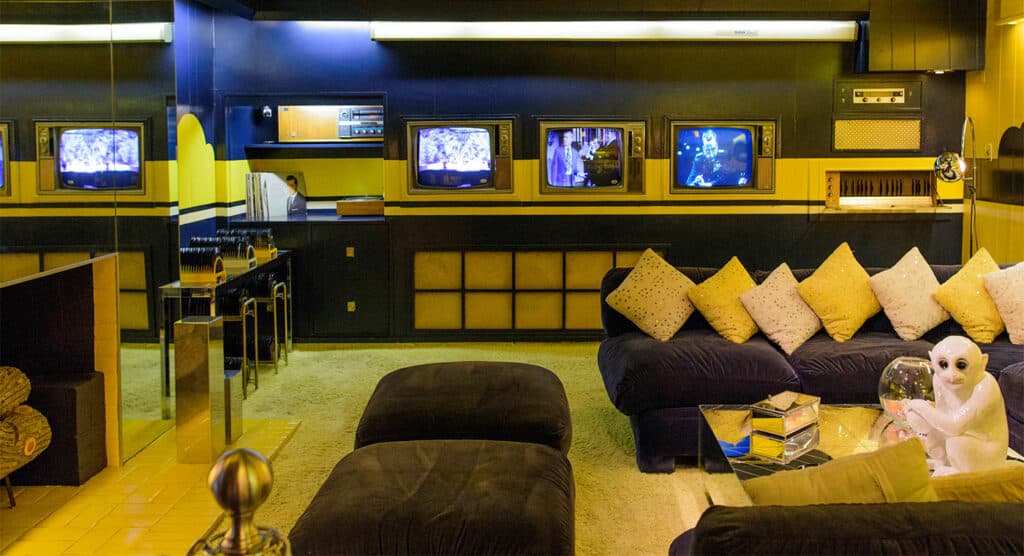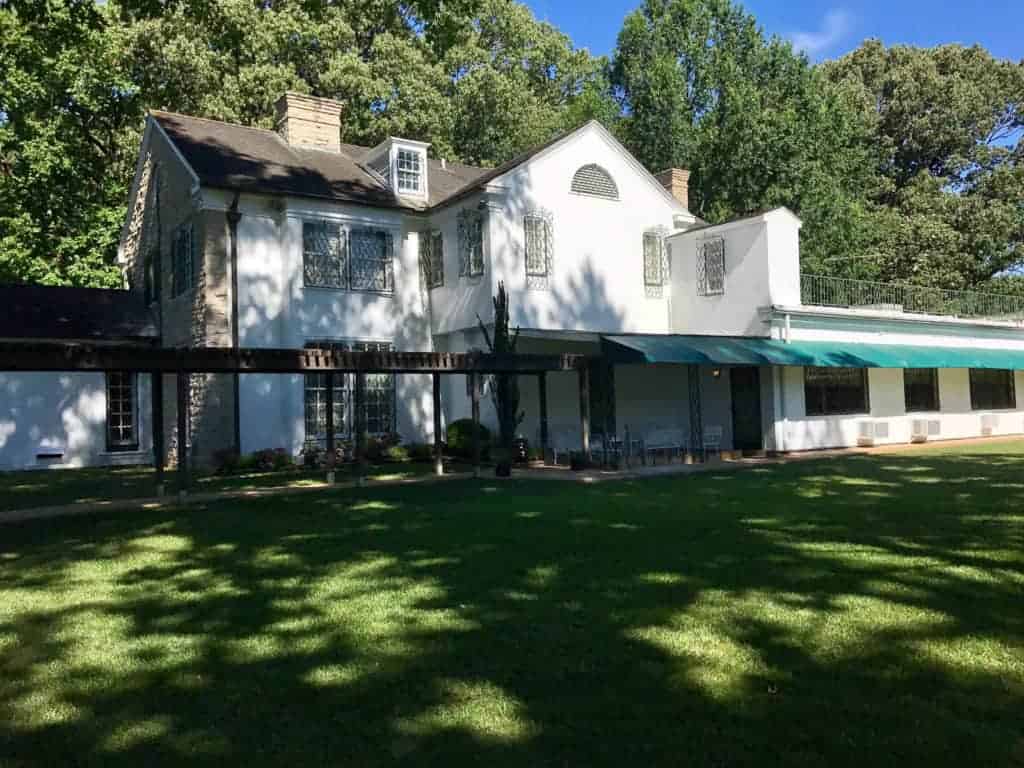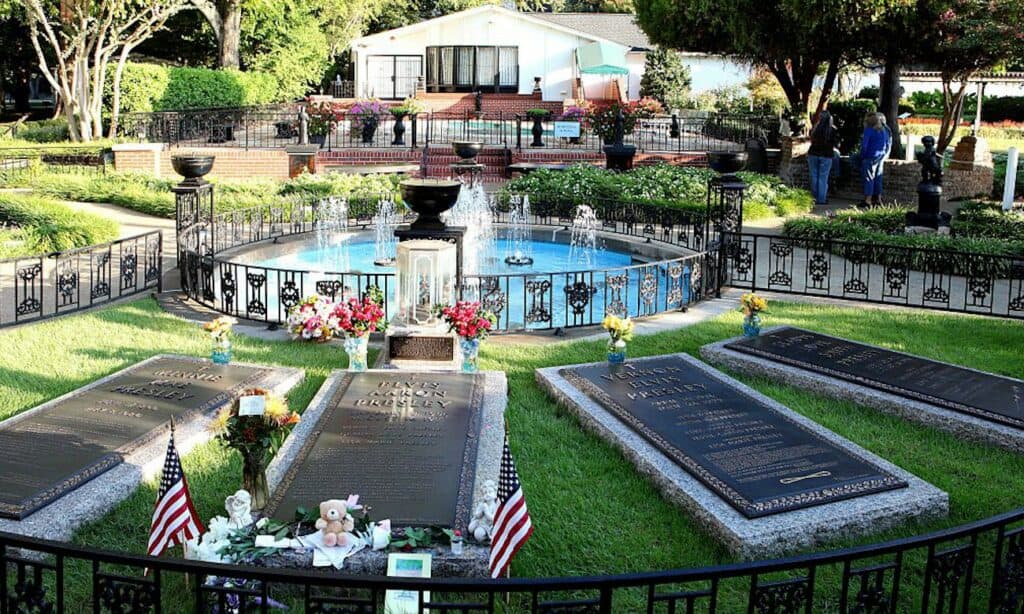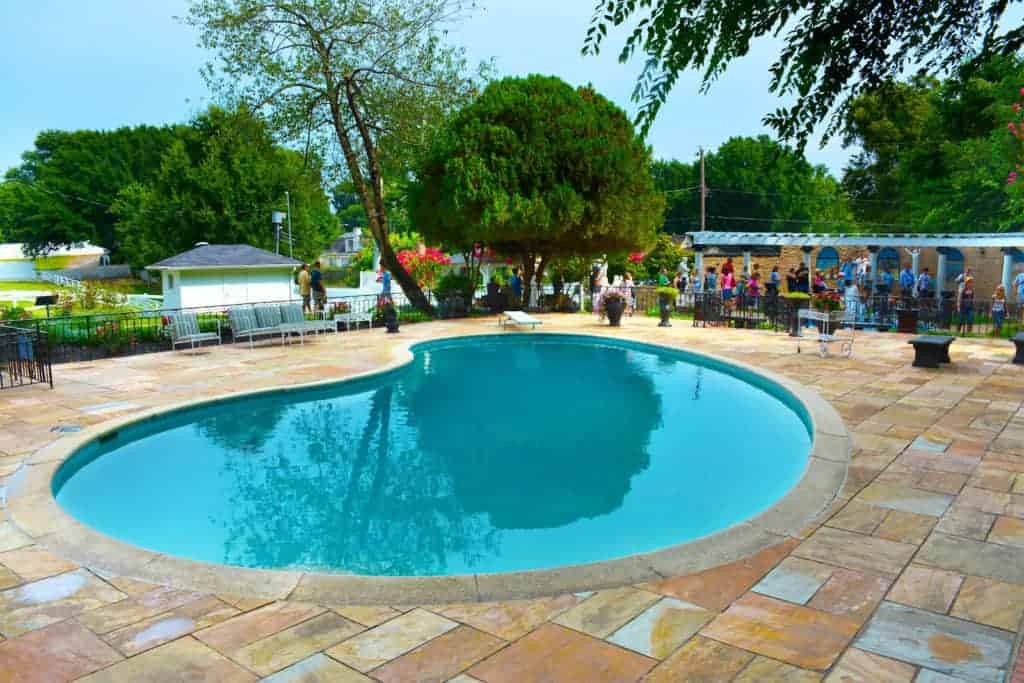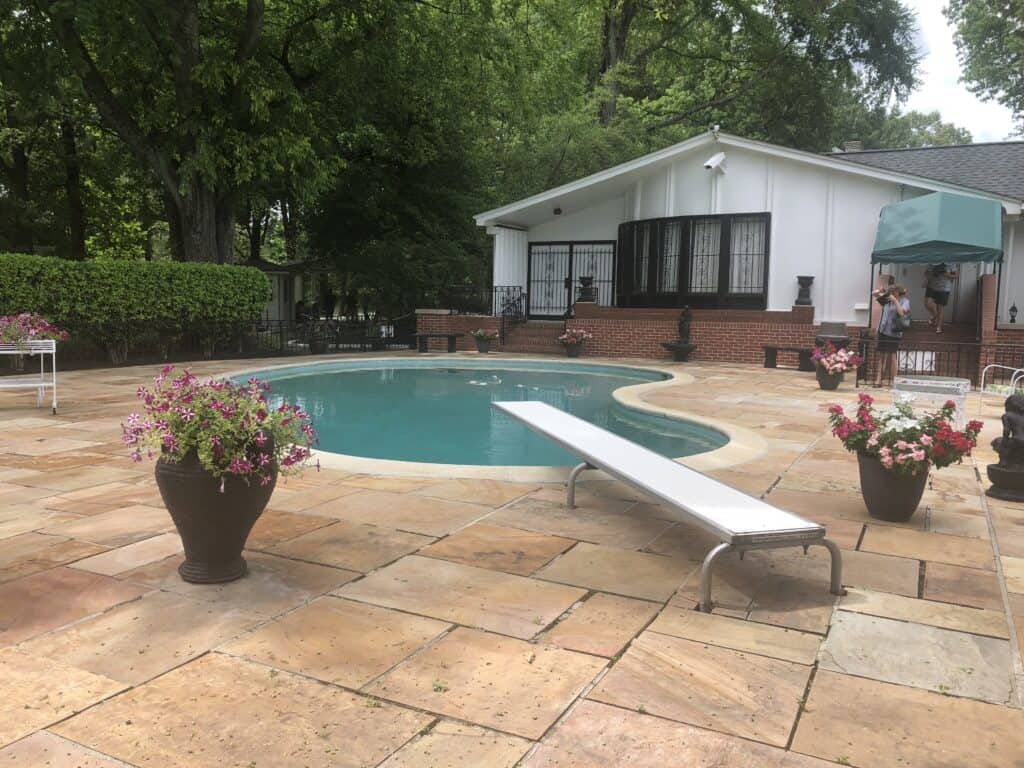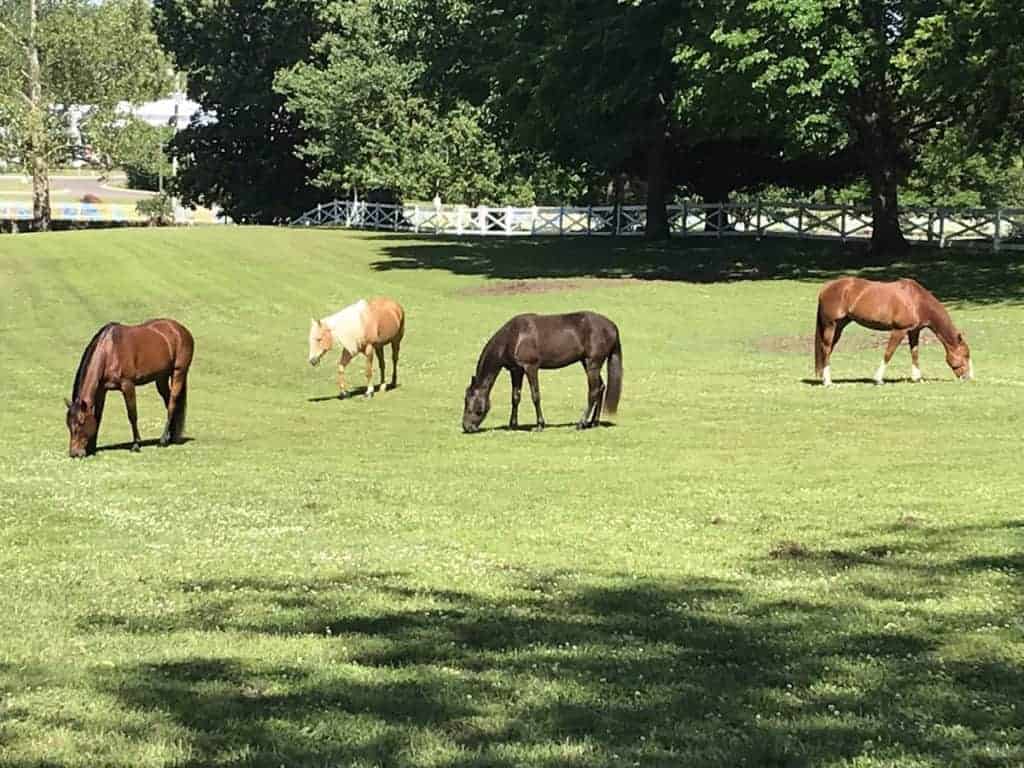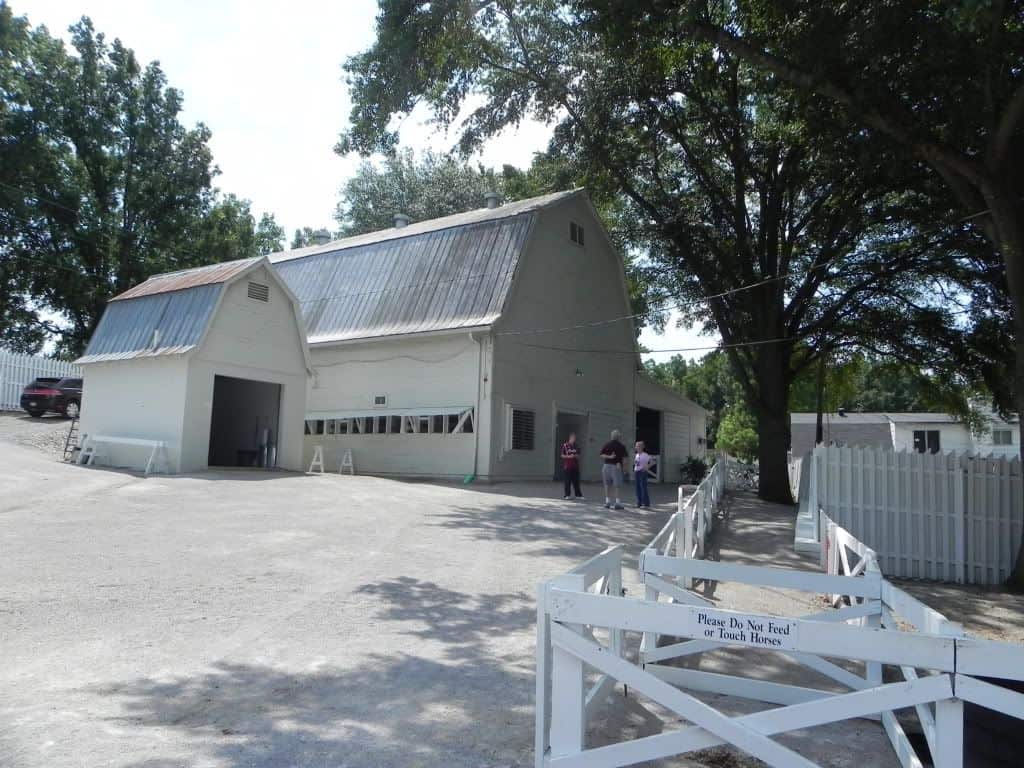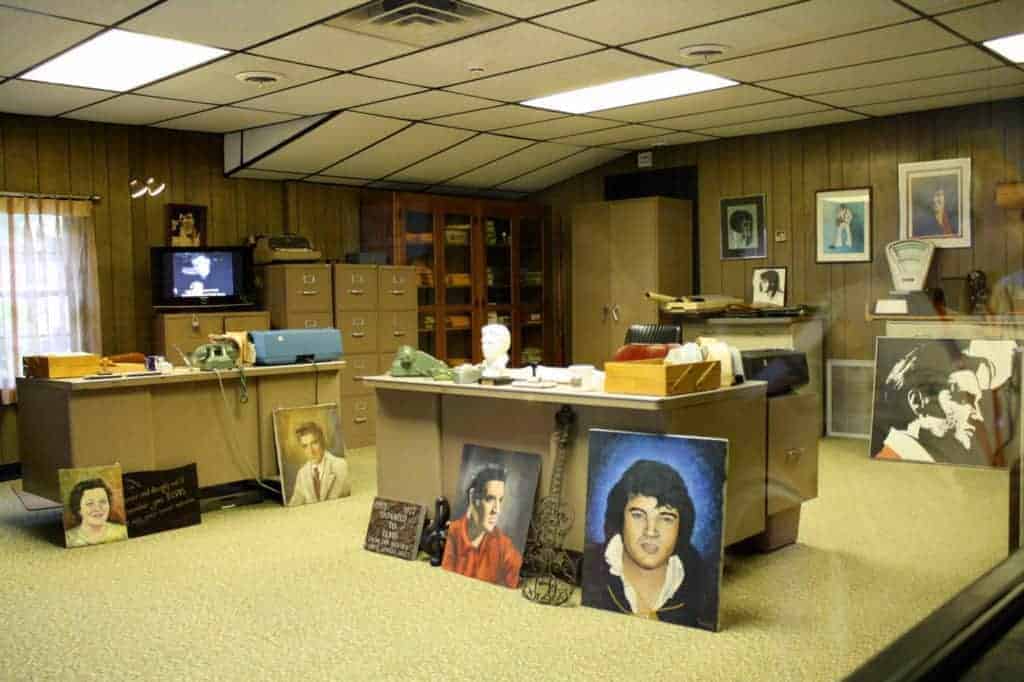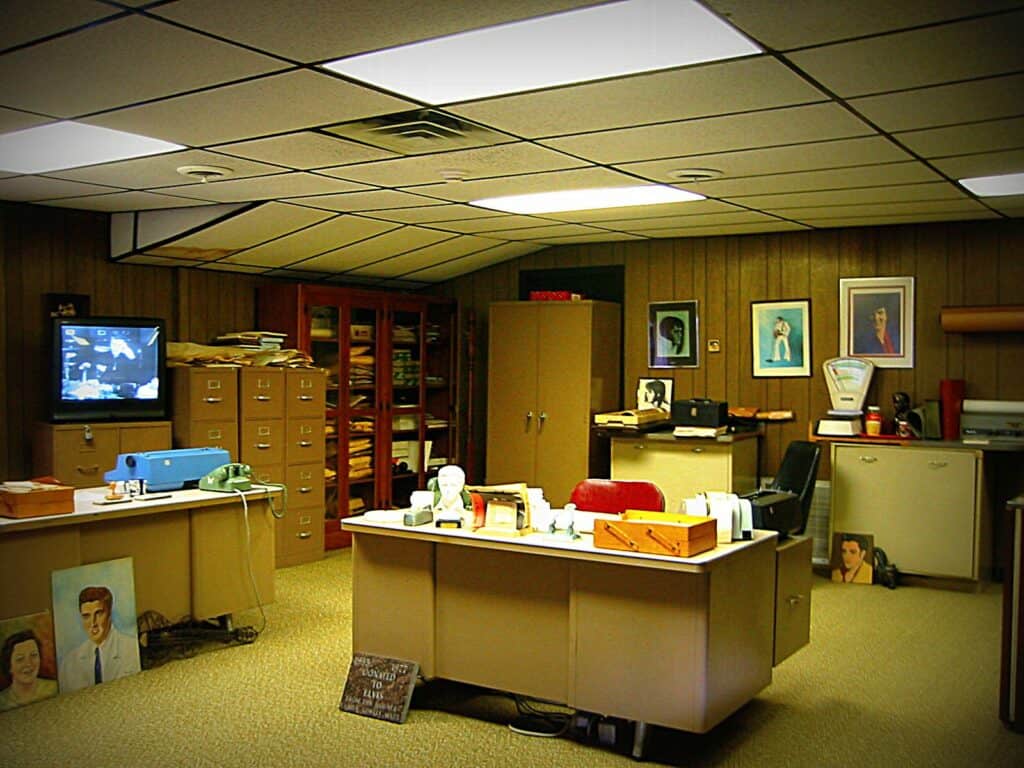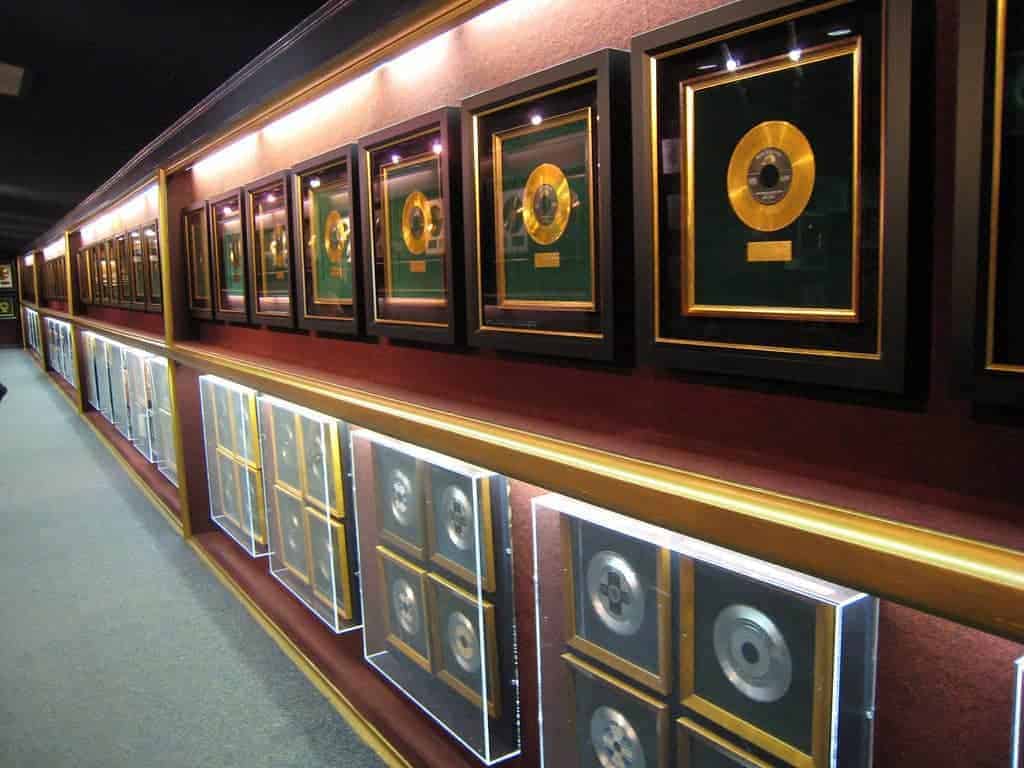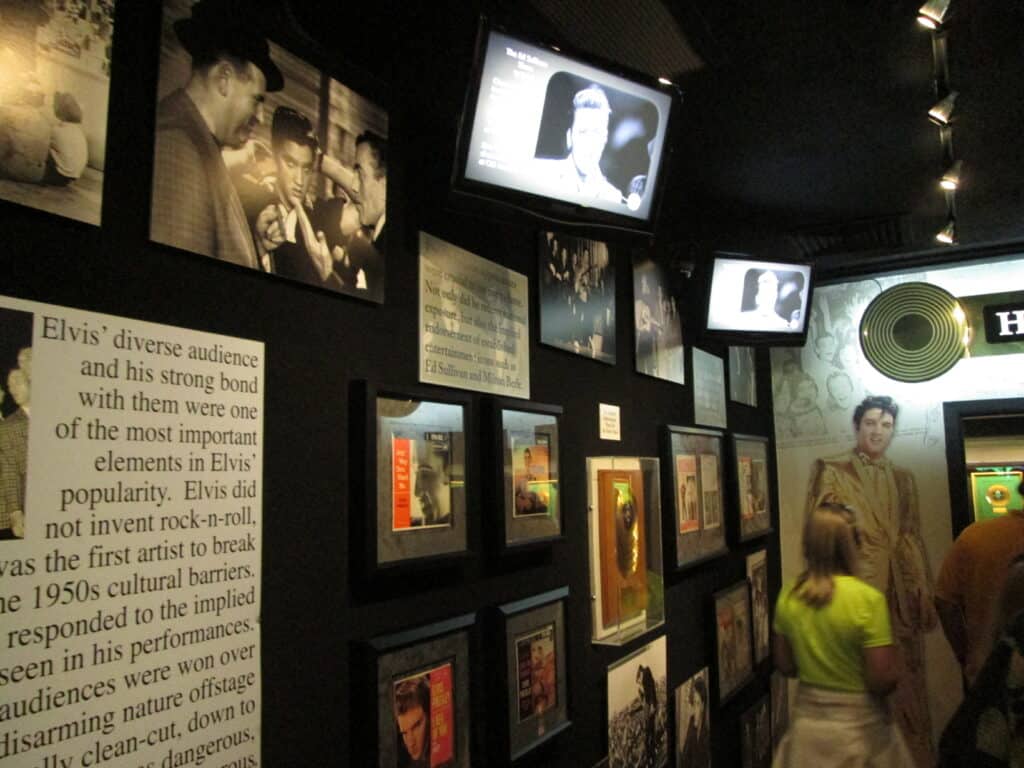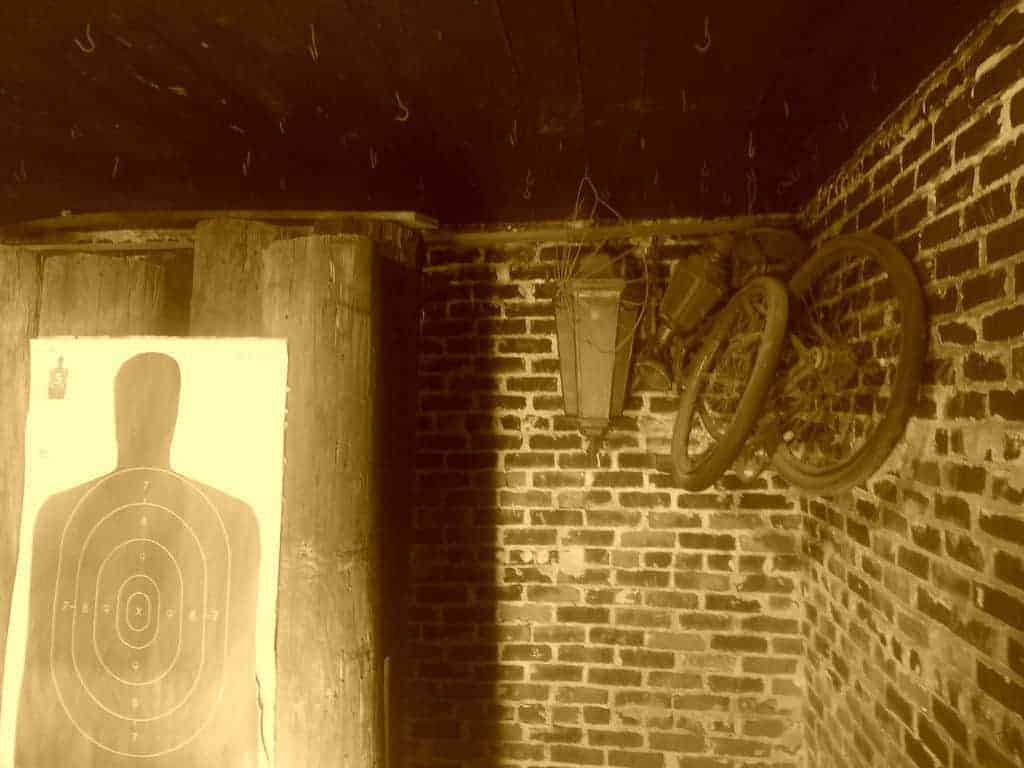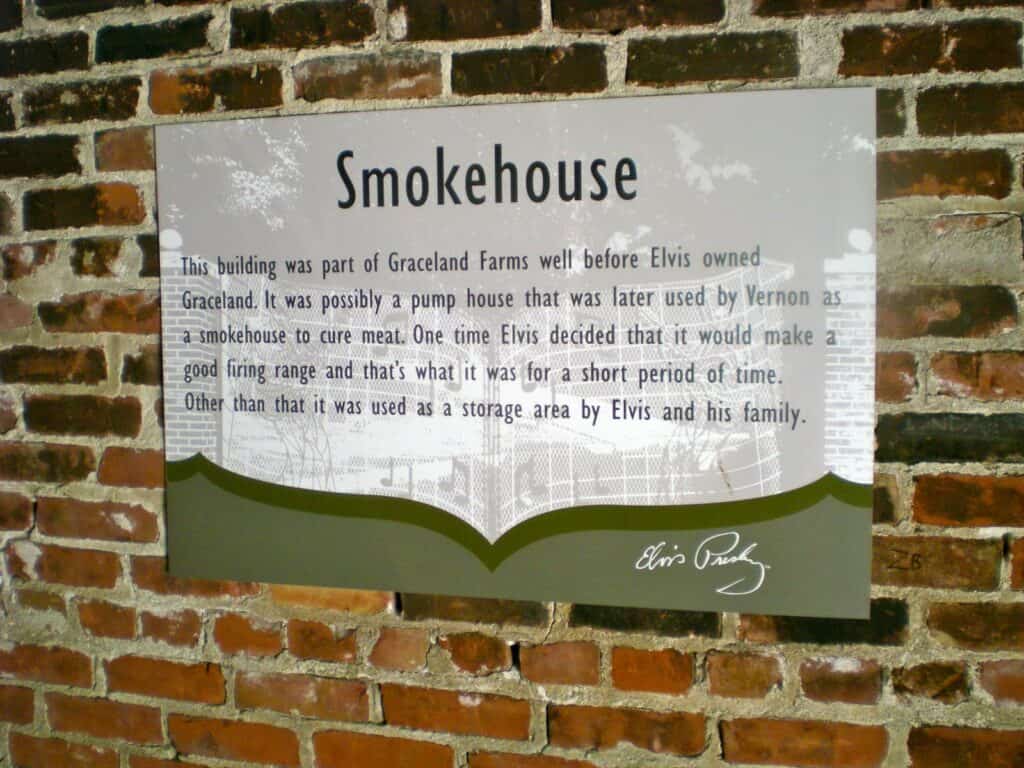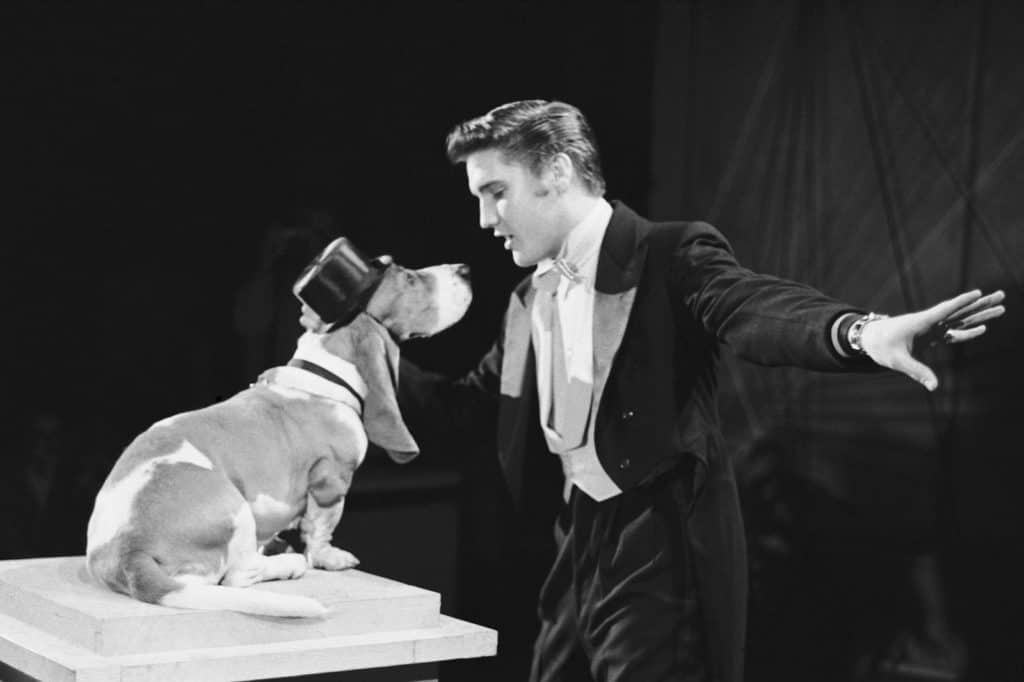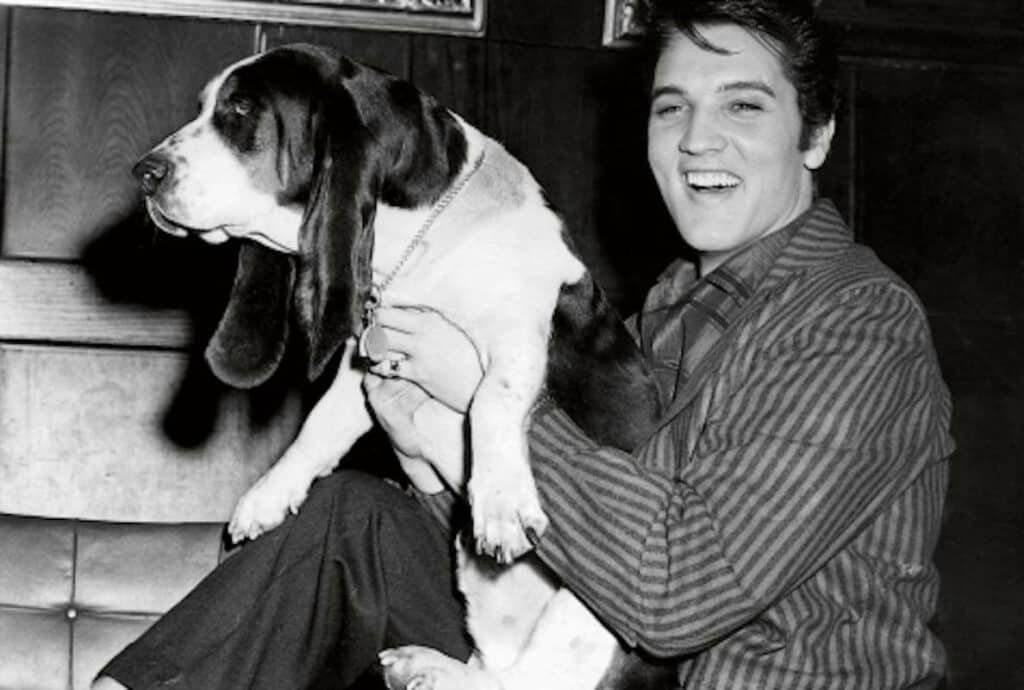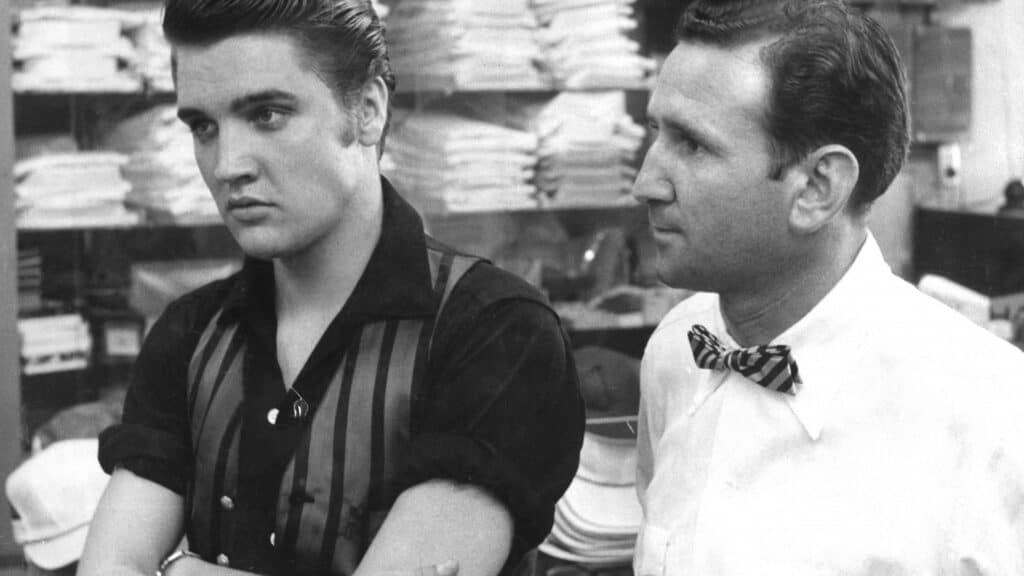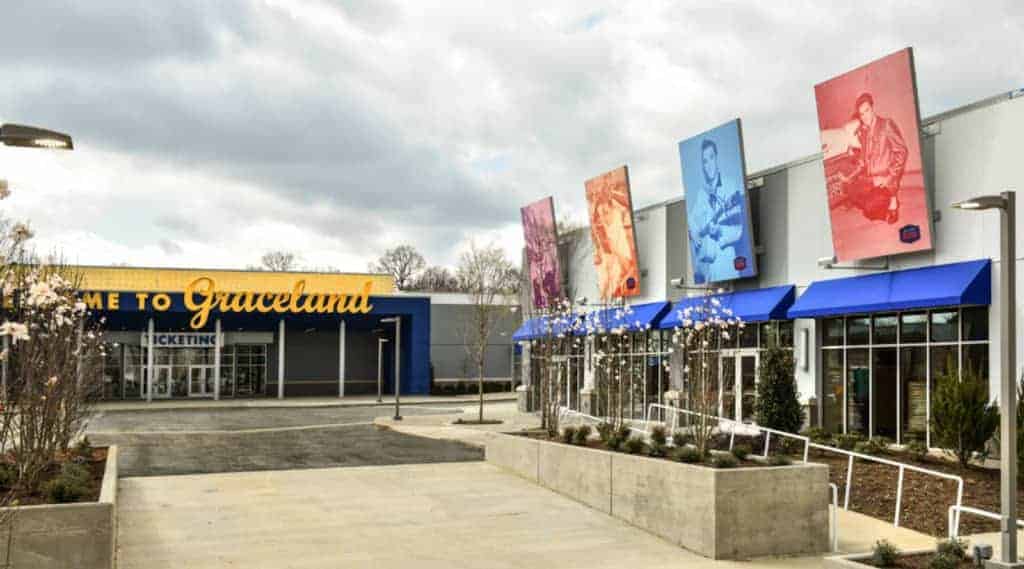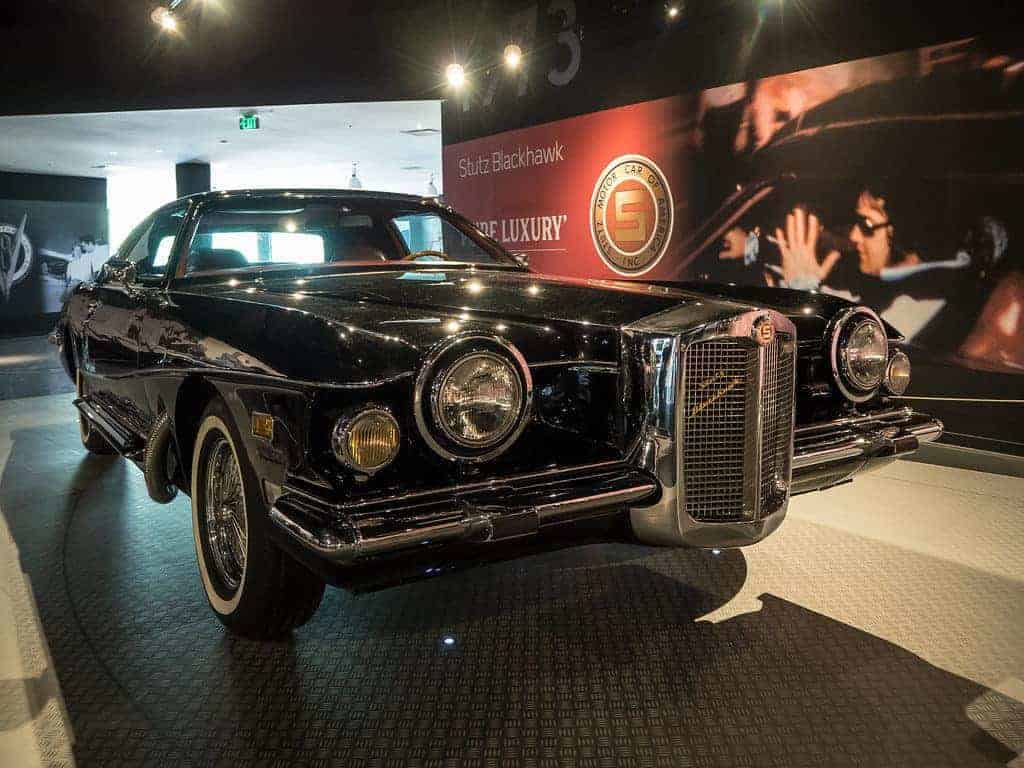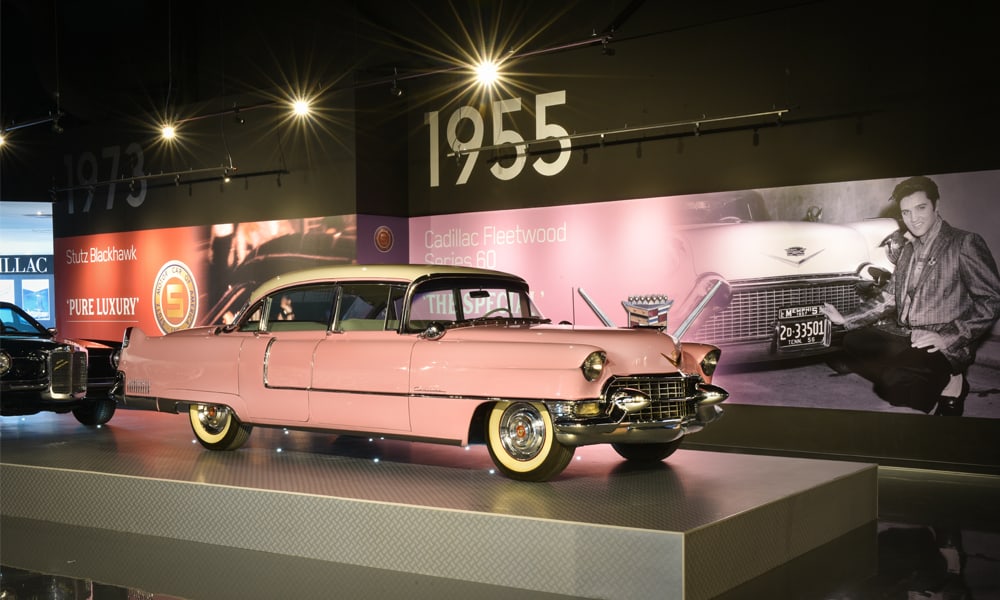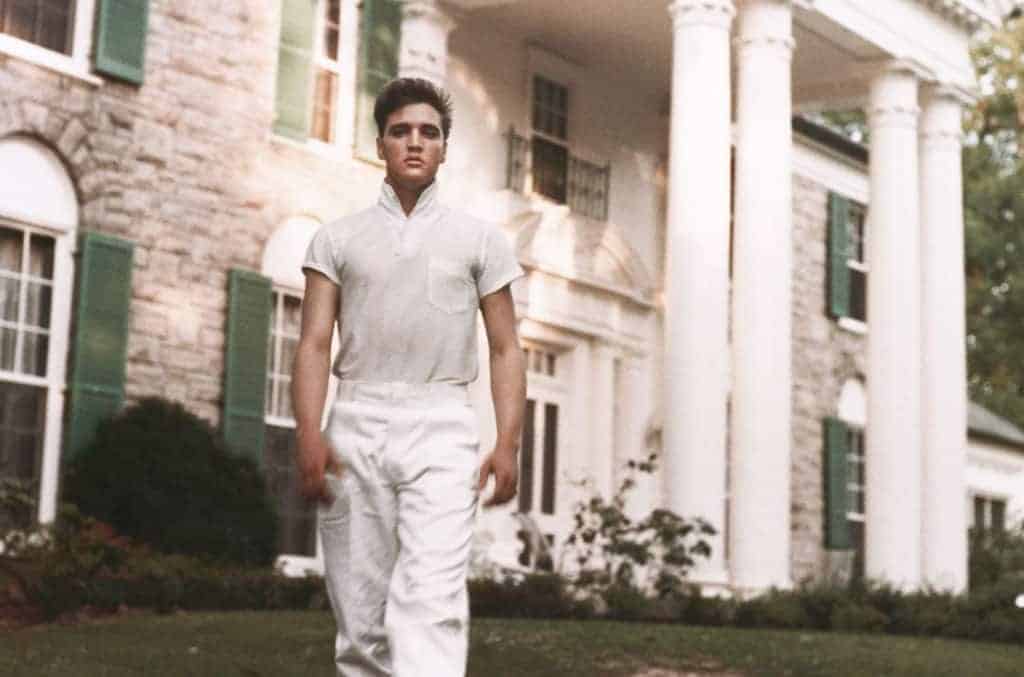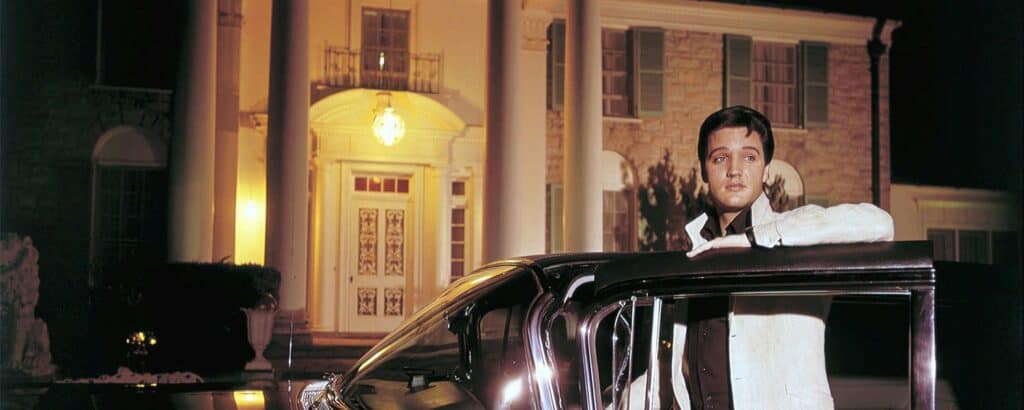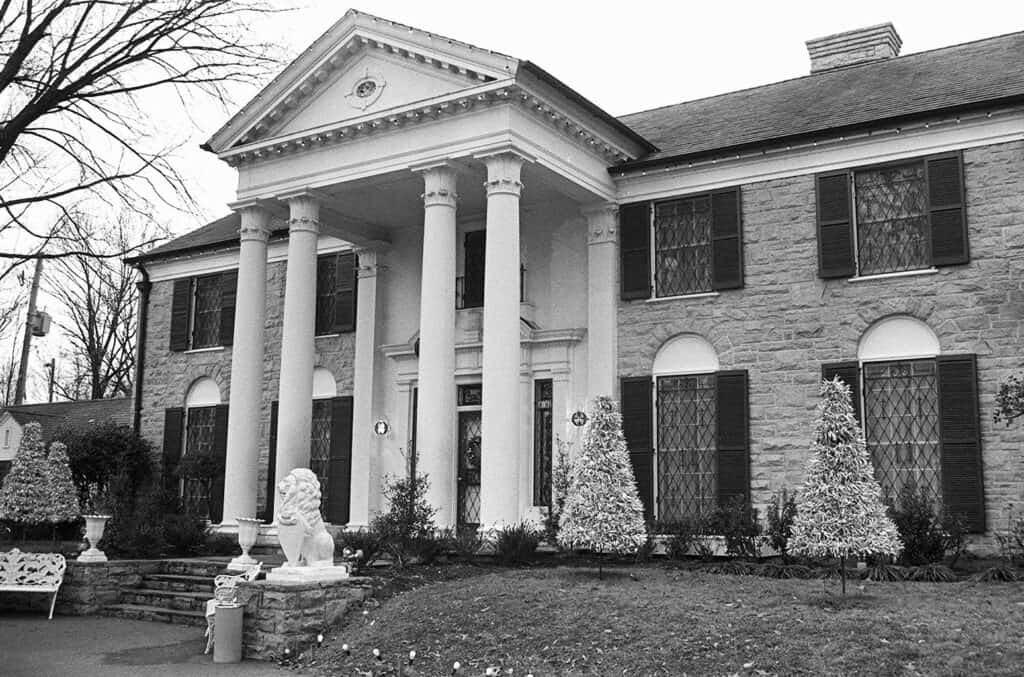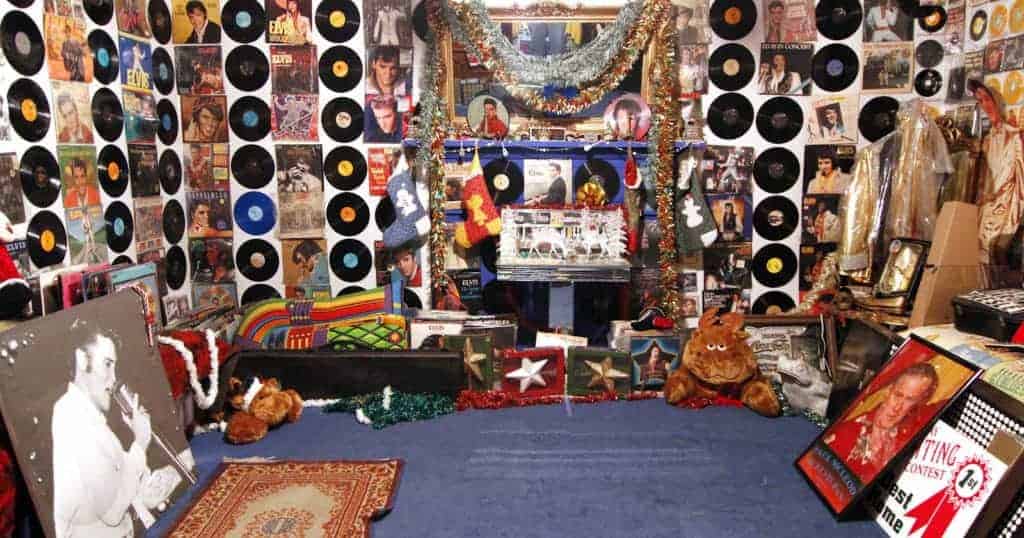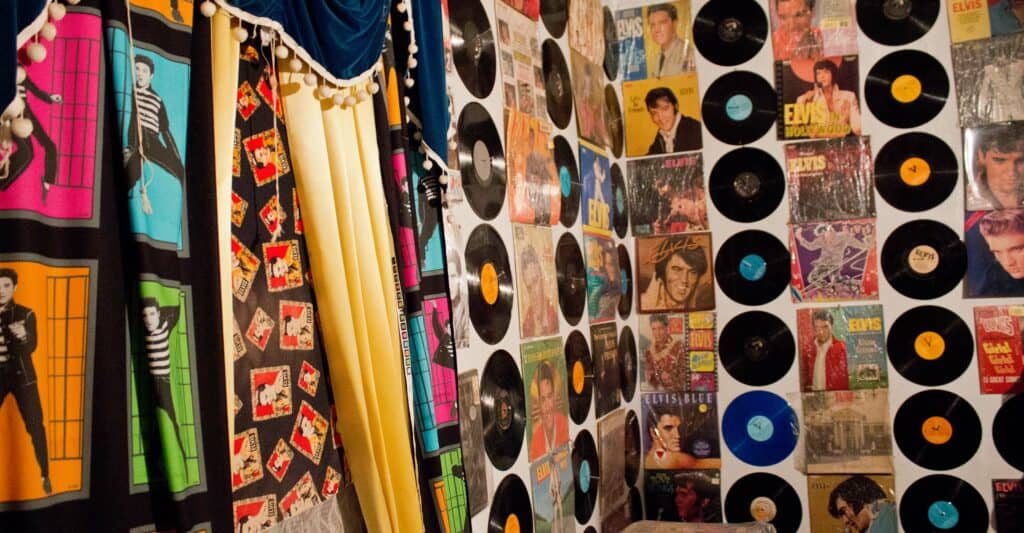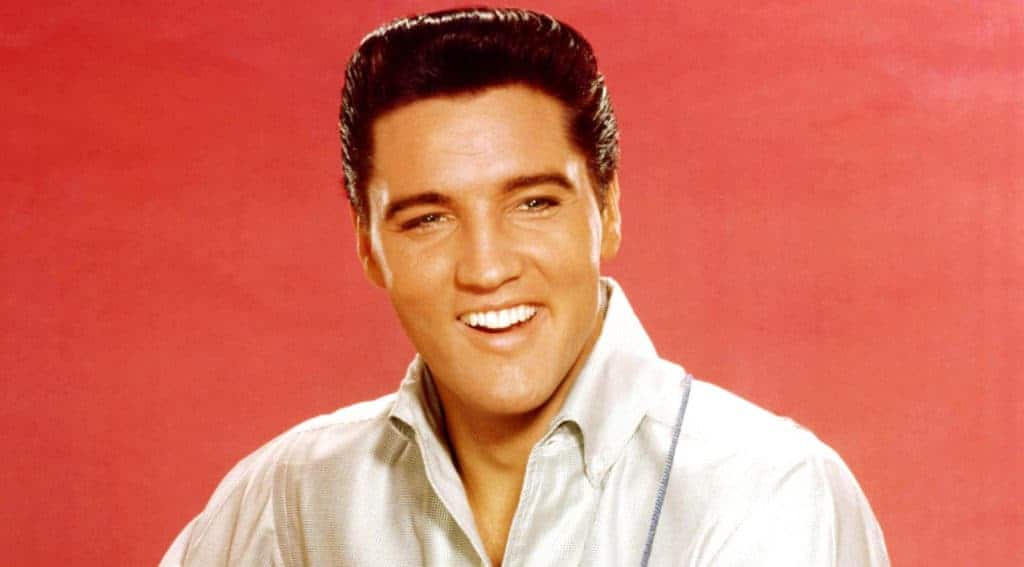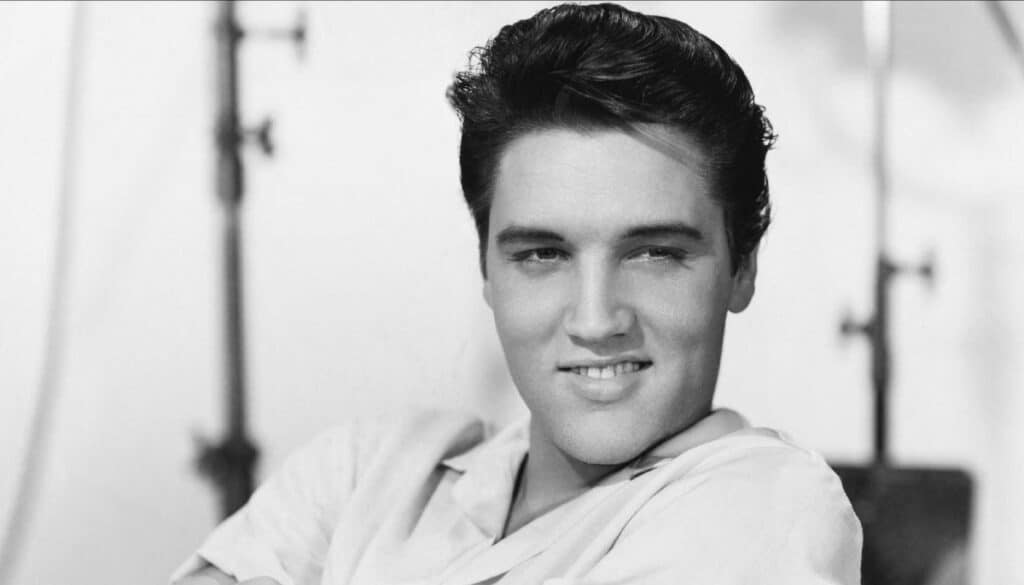Many artists have made their impact on the world, but few have become a significant cultural icon like Elvis Presley. Known as the King of Rock and Roll, or simply the King, Elvis Presley was the pioneer of the rockabilly genre of music. Rockabilly was a fusion of upbeat country music and rhythm and blues. Elvis’ music and acting career skyrocketed right at the time rock music was becoming popular, making him essential the leading figure of rock and roll
Elvis Presley found success in many different genres of music, including blues, pop country, and gospel. He’s been inducted into various music halls of fame including the Rock and Roll Hall of Fame, Gospel Hall of Fame, Rockabilly Hall of Fame and Country Hall of Fame. With over 600 million album sales, Elvis Presley ranks as the best selling music artist around the world.
In 1957, Elvis wanted to purchase a farmhouse-like property in order to have some privacy. His parents found Graceland, a 13.5-acre estate located in Memphis, Tennessee several miles from the city’s main urban area. Elvis purchased Graceland for $102,500. Elvis Presley lived in Graceland until his death in 1977. In 1982, Graceland was opened as a museum to the public. The property was listed in the National Register of Historic Places in 1991 and named a National Historic Landmark in 2006. Since it first opened in 1982, over 15 million people have visited historic Graceland. Keep reading for a look inside Elvis Presley’s Graceland.
1. Tourist Attraction

Did you know that Graceland is the second most visited home in America? Second only to the White House, Graceland receives more than 700,000 visitors a year. When Elvis died in 1977, he laid in state in a copper-lined casket inside the foyer of Graceland. More than 3,500 fans traveled from around the world to pay their respects. A more private funeral service was held in front of the stained glass doorway of Elvis’ music room. Members of Elvis’ family lived in the mansion until 1993.
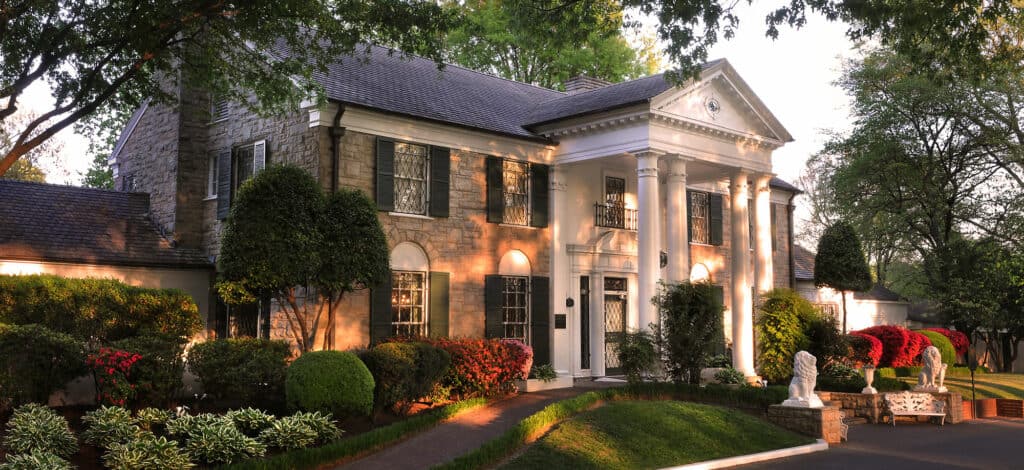
In 1982, Priscilla Presley, Elvis’ ex-wife and executor of his estate on behalf of their daughter Lisa Marie, decided to open Graceland to the public. Since it cost over $500,000 a year in upkeep, Graceland had dwindled Elvis’ estate, and significant taxes were due on the property. Within a year of opening Graceland as a museum, the estate made all of its investment money back and then some.

